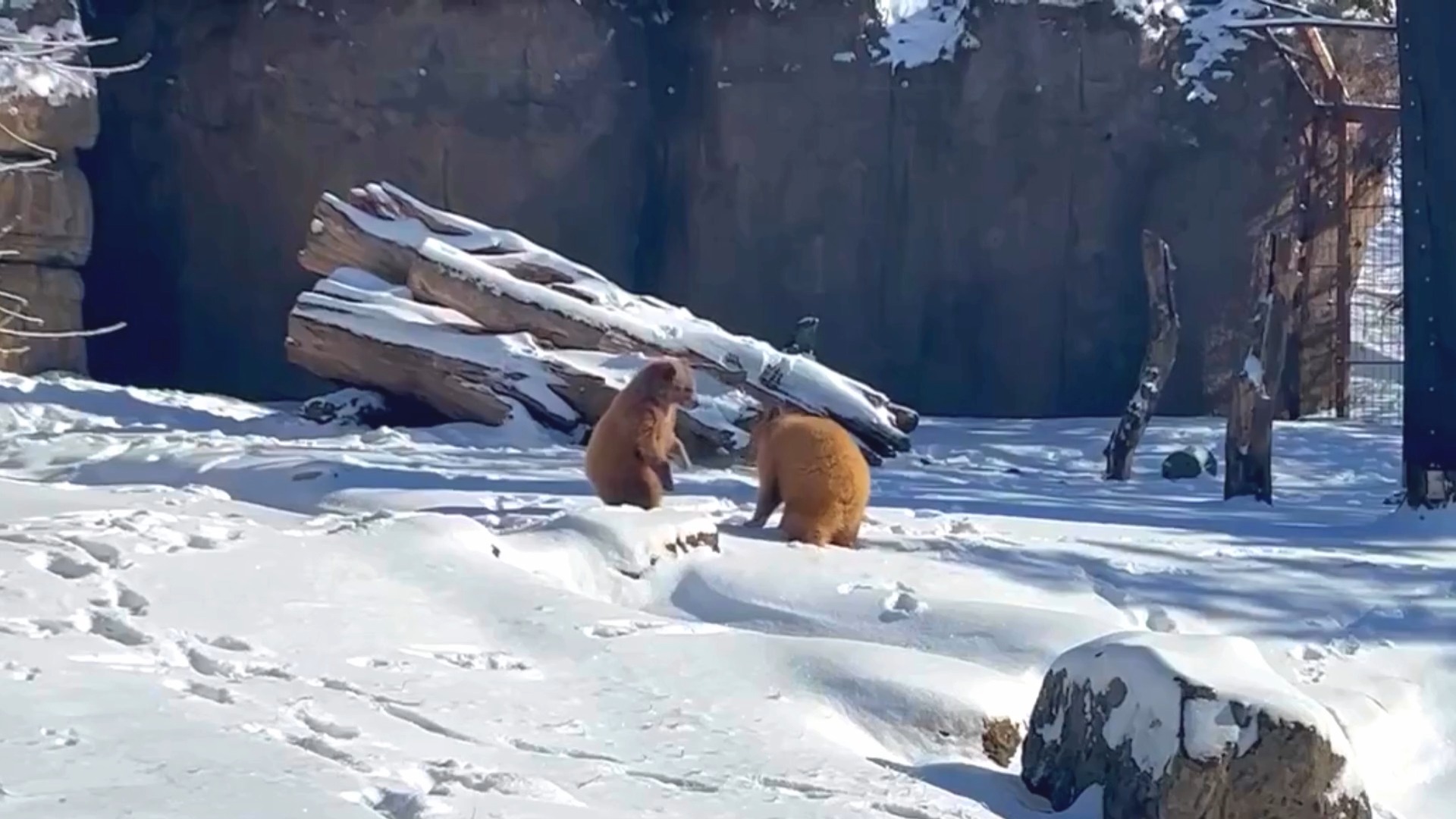- Bears are ideally adapted to cold weather and are naturally equipped to thrive in frigid environments, demonstrating unique behavioral adaptations to snow and cold.
- Observational studies of animals like Sama and Takelma provide valuable insights into their natural behaviors and welfare in zoos, facilitating better wildlife management and conservation efforts.
- Zoos play a critical role in conservation, offering educational opportunities and acting as safe havens for endangered species while promoting public awareness about climate change and wildlife protection.
- Behavioral enrichment and environmental conditions in zoos are pivotal for the mental and physical health of captive animals, with cold weather offering dynamic environments for play and natural activities.
- Climate change and its regional effects are influencing animal behavior and habitat preferences, making wildlife conservation an increasingly urgent field of study for scientists and ecologists.
Bears are exceptionally adapted to cold climates, thriving in environments that might deter other species. Their thick fur, layers of fat, and hibernation practices help them endure harsh winters, a time when their energy conservation skills become vital. As winter sets in, bears like Sama and Takelma become more active, especially during snowfall. Observing their behavior during these times enlightens zoologists and conservationists about the importance of environmental simulation for species in captivity.
The charming antics of Sama and Takelma, as noted by Keeper Lindsey, offer a glimpse into the behavioral characteristics of bears in wintry conditions. Bears’ instinctual engagement with snow can be akin to watching children at play, but beyond the joy, there’s a rich tapestry of behaviors being exhibited. These behaviors reflect not only physical activity and social interaction but also an expression of instincts that are pivotal for species survival in the wild. Observational studies of such activities in controlled settings can lead to a deeper understanding of the physiological and psychological needs of bears both in captivity and in their natural habitats.
The role of zoos in species conservation has evolved significantly, transforming into educational platforms and conservation hubs. By showcasing species like bears that thrive in diverse weather conditions, zoos amplify public awareness about wildlife and the dire effects of climate change. Educational programs and live animal exhibitions incite a larger discourse about conserving habitats and protecting biodiversity. This integration of education with live exhibits helps visitors develop a personal connection with animals, fostering a conservation mindset that encourages responsible environmental stewardship.
In examining the welfare of bears like Sama and Takelma, it is crucial to highlight the importance of behavioral enrichment and naturalistic habitats in zoos. Zoos strive to create environments that replicate the wild settings animals are adapted for, hence including features like water bodies, foliage, rocks, and snow when possible. For bears, simulated snow or icy environments allow them to express natural behaviors such as digging, foraging, and playing—activities that are vital for their mental and physical stimulation. Creating variations in their habitat helps minimize stereotypic behaviors and improve their overall welfare.
Meanwhile, the implications of climate change on both natural habitats and managed wildlife populations grow more profound. The shifting weather patterns are altering the natural environments that many wildlife species depend on for survival. This becomes evident when looking at species like bears whose livelihoods are closely tied to the availability of cold climates. When climate change disrupts these patterns, both wild and captive bear populations can be affected. Understanding these changes is paramount as conservationists and ecologists work to develop strategies that support wildlife adaptation and resilience in face of these global changes.
Captive settings often provide necessary resources and research opportunities that benefit conservation efforts. As humans encroach upon natural habitats and environmental conditions shift, zoos offer refuge for at-risk species, serving as genetic reservoirs and hopeful symbols of humanity’s ability to safeguard nature. Collaborative international breeding programs for bears and other species enhance genetic diversity, supporting the continuity of species otherwise threatened in the wild.
In understanding the significance of winter play and enjoyment by bears like Sama and Takelma, it becomes crucial to reflect on the broader implications of climate change, zoo management, and wildlife conservation. The intersection of these fields heralds a future where conservation strategies are informed by scientific inquiry, educational outreach, and a commitment to preserving the intricate tapestries of our natural world for generations to come. Zoos, with their blend of science, education, and entertainment, remain central to this conservation narrative, bridging the gap between wildlife and human communities and fostering a shared commitment to ecological stewardship.
*****
Source Description
While most of us might be avoiding this frigid weather, the bears are loving it! ❄️🐾 Much like kids making the most of their snow day, Sama and Takelma were caught having a blast in the snow.
🎥Video Credit: Keeper Lindsey


